Moon Chunk Breaks Off And Is Orbiting Earth
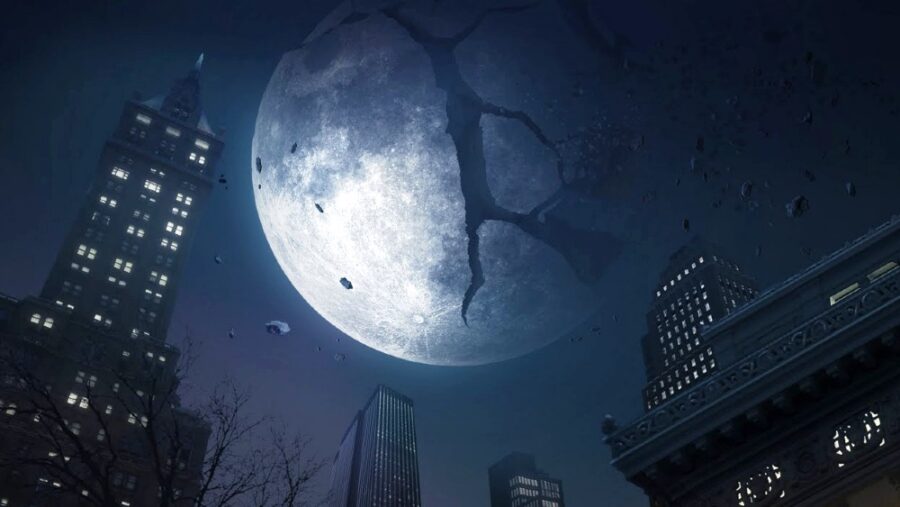
With so much debris floating around the Earth, it’s hard to believe that scientists can keep up with it, let alone continue to study the same piece over time. According to a study in Communications Earth & Environment, researchers have found more evidence that one of those asteroids that they’ve kept their eyes trained on for almost a full decade is actually a piece of the moon.
Dubbed Kamo’oalewa, which is Hawaiian for “the oscillating fragment,” scientists get up close and personal with the space rock every April when it comes within 9 million miles of our planet, with the latest piece of the puzzle further pushing the theory that it’s a cracked-off piece of the moon.
Once thought to be an asteroid, Kamo’oalewa Is Believed To Be A Chunk of the Moon
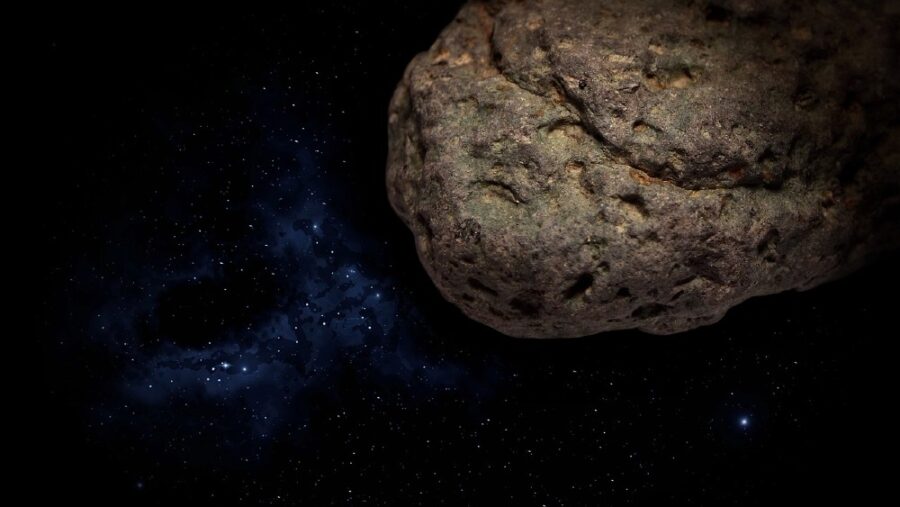
Kamo’oalewa was first discovered in 2016, with scientists uncertain about where the asteroid came from and how it ended up circling the Earth. By 2021, a research team ran a study of the mass, which is roughly the size of a Ferris wheel, and determined that its makeup is very close to the moon’s. That brings us to October 23, when the latest study was published in Communications Earth & Environment, in which researchers break down exactly what they believe the asteroid to be.
The Rock’s Trajectory Led Scientists to Hypothesize That It’s a Piece of the Moon
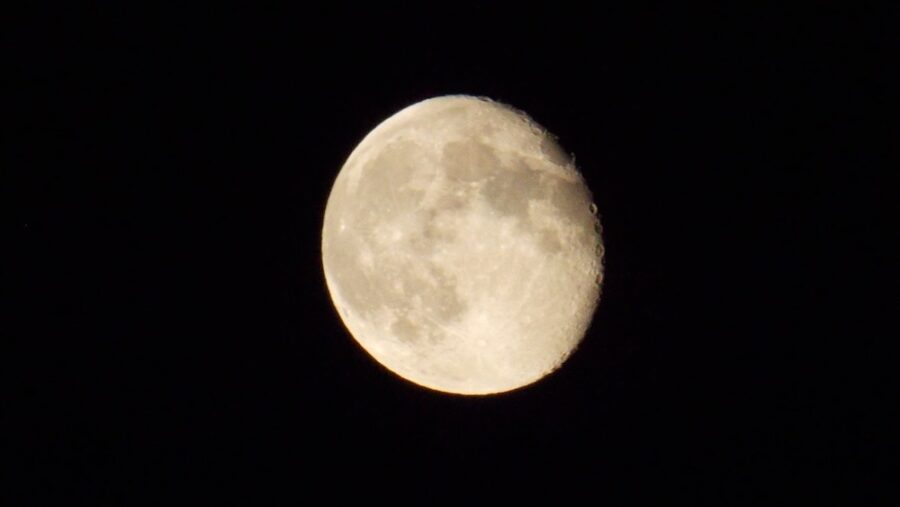
Renu Malhotra, a planetary scientist at the University of Arizona and the lead author of the journal’s study, says that the researchers believe that “the moon is a more likely source of Kamo’oalewa.” While there were a handful of reasons that led the team to their conclusion, two major ones stuck out like sore thumbs, including the rock’s orbital properties and the trajectory of its expected span of staying close to the Earth.
These were the first two milestone moments that alerted the scientists that there was perhaps more to this chunk of space rock than met the eye.
Kamo’oalewa Shines and Absorbs Light Similar to the Moon
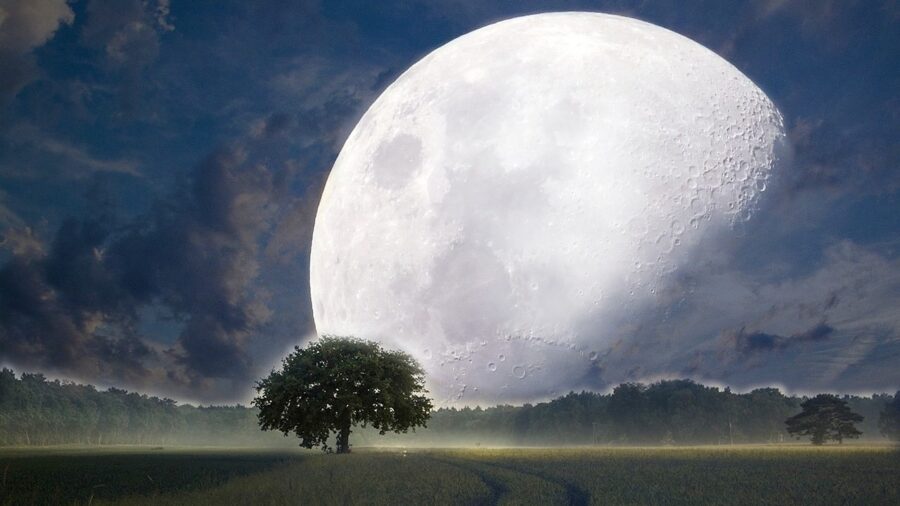
After the scientists realized what they were looking at, they decided to double down and test out their theories in 2021. It was then that they were stunned as not only did Kamo’oalewa shine light similar to the moon but it also absorbed it. With this new information, it became as clear as day (or on a night with a full moon) that the asteroid was likely a piece of the moon that had simply split off and went its own way.
There’s Likely More Moon Chunks Orbiting Earth
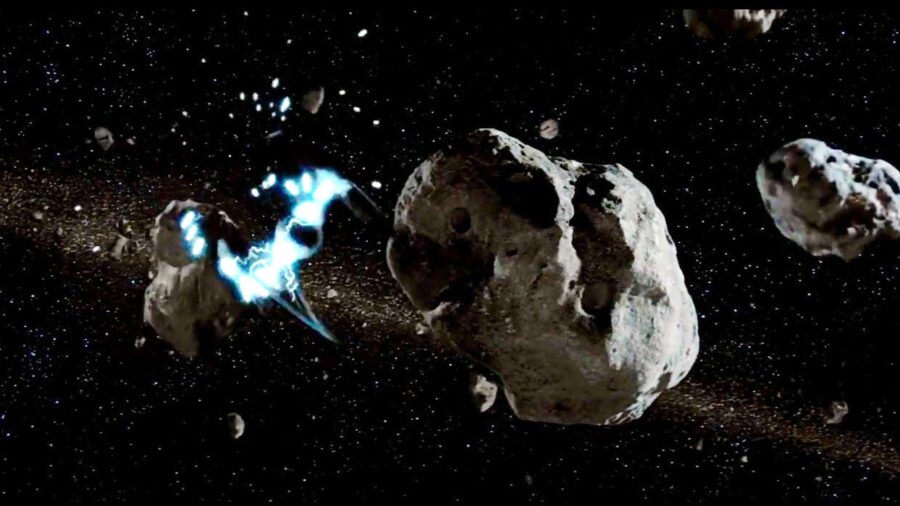
Now that they have this information, scientists believe that Kamo’oalewa isn’t alone in its orbit of Earth but just may be the biggest breakoff of the moon which is likely why it caught their eye. Still, their findings took them aback as it was previously believed that all matter that chipped off the moon would come crashing down onto Earth or would simply find a home on a different section of the moon.
This Discovery Could Change How We Study Asteroids In The Future
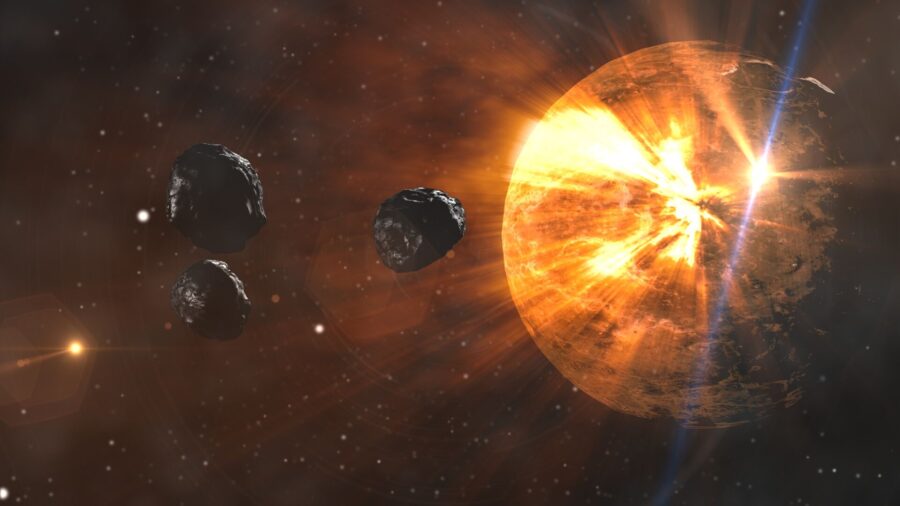
Marking a big step forward in how science will be better able to spot dangerous-to-Earth asteroids, this finding is an exciting one for the scientific community – and for those of us fearing an Armageddon-like situation.
The freshest batch of information to come from the moon gives us another look into the mysteries of space and reminds us that, although humanity has come a long way in understanding the vastness of the cosmos, there’s still plenty to learn.












